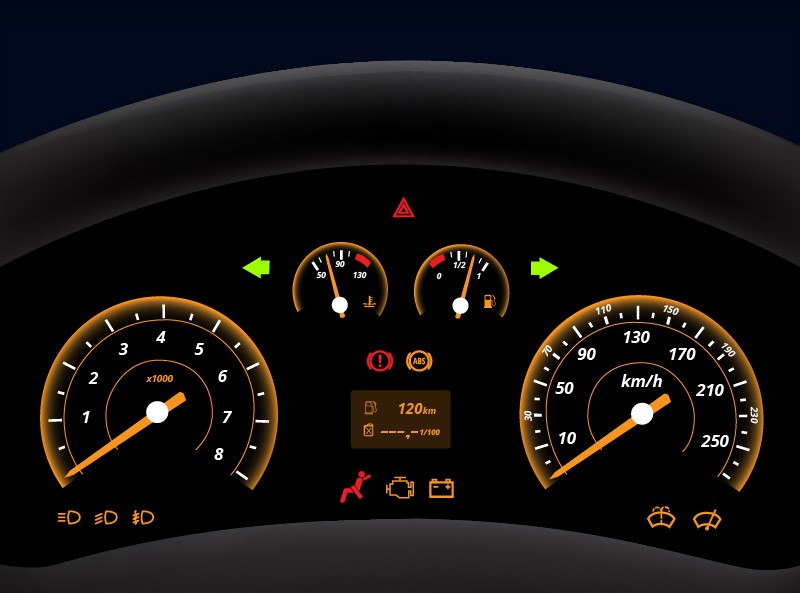An engine misfire can be a frustrating and concerning issue for vehicle owners. Not only does it affect the performance and fuel efficiency of the engine, but it can also trigger the engine misfire warning light on the dashboard. In this article, we will explore the significance of engine misfire warning lights and provide some troubleshooting tips to help diagnose and resolve this common problem.
- Understanding Engine Misfire Warning Lights: The engine misfire warning light, often depicted as an engine symbol with a zigzag line, illuminates on the vehicle’s dashboard when the engine control unit (ECU) detects a misfire in one or more cylinders. A misfire occurs when the air-fuel mixture in the combustion chamber fails to ignite properly, leading to a loss of power and rough running.
- Causes of Engine Misfires: a. Ignition System Issues: Problems with spark plugs, ignition coils, or ignition cables can lead to weak or inconsistent sparks, resulting in misfires.
b. Fuel Delivery Problems: Insufficient fuel supply, clogged fuel injectors, or a malfunctioning fuel pump can disrupt the proper air-fuel ratio, leading to misfires.
c. Air Intake Issues: A restricted or dirty air filter, intake manifold leaks, or a faulty mass airflow sensor can disturb the air intake, affecting combustion and causing misfires.
d. Engine Mechanical Problems: Worn-out piston rings, damaged valves, or a leaking head gasket can result in poor compression, leading to misfires.
- Troubleshooting Tips for Engine Misfires: a. Retrieve Diagnostic Trouble Codes (DTCs): When the engine misfire warning light illuminates, it is essential to retrieve the diagnostic trouble codes using an OBD-II scanner. These codes provide valuable information about the specific cylinder(s) experiencing the misfire and can help pinpoint the underlying cause.
b. Check Spark Plugs and Ignition System: Inspect the spark plugs for signs of wear, such as erosion, deposits, or damaged electrodes. Replace any faulty spark plugs and ensure the ignition system components, including ignition coils and cables, are in good working condition.
c. Inspect Fuel System: Check the fuel pressure using a fuel pressure gauge to ensure it meets the manufacturer’s specifications. Additionally, consider cleaning or replacing clogged fuel injectors and inspecting the fuel pump for proper operation.
d. Examine the Air Intake System: Inspect the air filter and replace it if dirty or clogged. Check for any air leaks in the intake manifold and ensure the mass airflow sensor is functioning correctly.
e. Compression Testing: If all else fails to resolve the misfire, a compression test can help identify any mechanical issues. This test measures the compression levels in each cylinder, allowing you to detect problems such as worn piston rings or damaged valves.
f. Seek Professional Help: If you are unable to diagnose or resolve the engine misfire after performing the above troubleshooting steps, it is advisable to seek professional assistance. Automotive technicians have specialized tools and expertise to accurately diagnose and repair complex engine issues.
- Regular Maintenance: To minimize the chances of engine misfires, consider the following maintenance tips:
- Follow the manufacturer’s recommended service intervals for spark plug replacement.
- Use high-quality fuel and consider periodic fuel system cleaning.
- Keep the air intake system clean and replace the air filter as recommended.
Engine misfire warning lights are important indicators of underlying issues that affect the engine’s performance and efficiency. By following the troubleshooting tips outlined in this article and practicing regular maintenance, you can diagnose and resolve engine misfires. However, if the problem persists or if you are uncertain about performing the diagnostics yourself, it is best to seek professional help. A well-maintained engine ensures smooth operation and longevity, allowing you to enjoy a reliable and efficient driving experience











